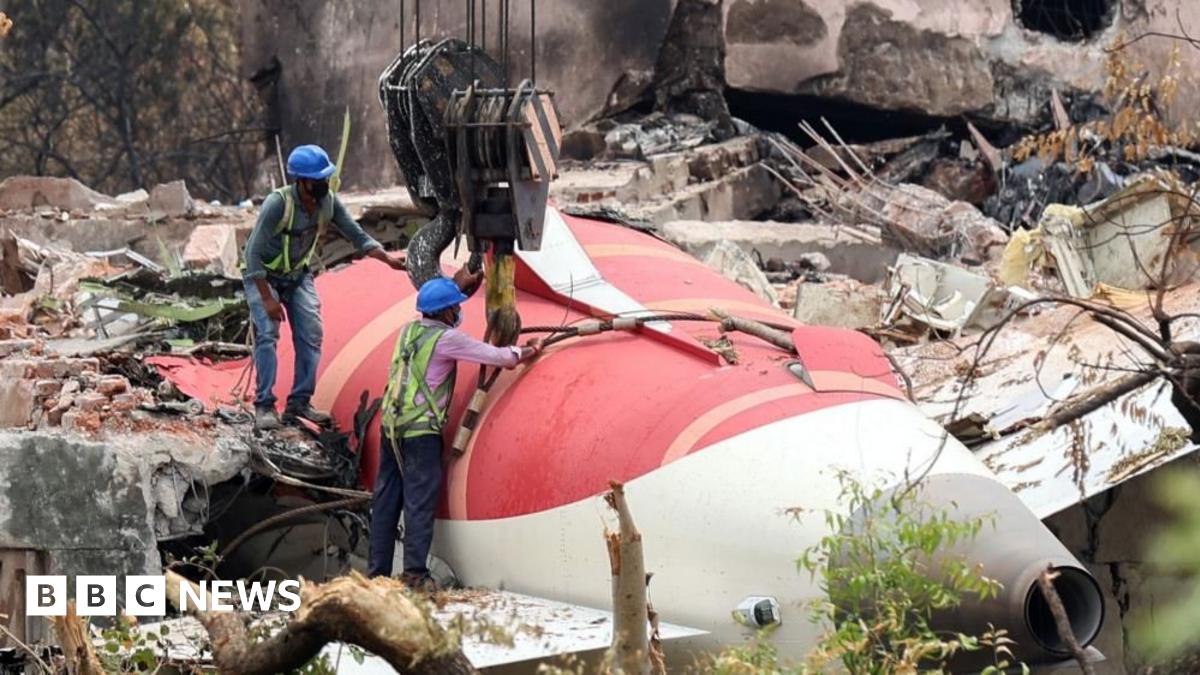Pretty clearly now not an issue with the airframe or the power plant: Per WSJ:
- The Air India crash investigation is focusing on the pilots’ actions, with no immediate indication of Boeing 787 Dreamliner issues.
- Preliminary findings suggest fuel flow switches to the engines were off, causing loss of thrust shortly after takeoff.
- Investigators are trying to determine if the switches were turned off accidentally or intentionally, and if a reset was attempted.
- The most likely fault is going to lie with Air India. It’s either
- a pilot training issue (unlikely given the experience of the crew)
- pilot error. E.g., pilot monitoring retracted flaps instead of gear once the plane had achieved positive rate, which it appears to have done; but given the experience of the pilots and how different those two levers look and feel from each other, again, that isn’t the most likely thing
- an electrical problem to rob the plane of power, which would almost certainly be a maintenance issue, not a manufacturing issue







